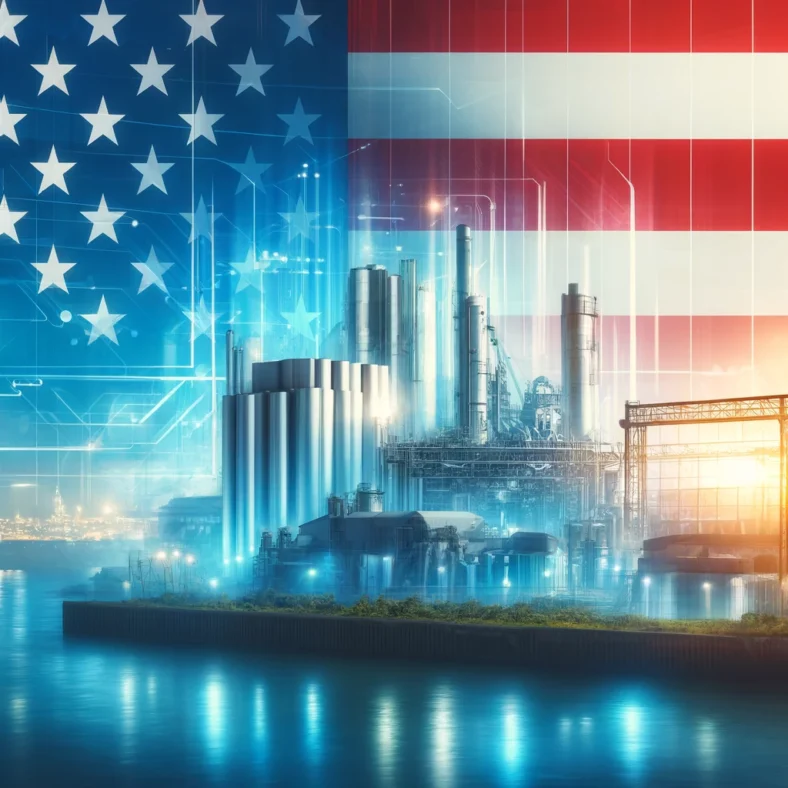If you’ve ever wondered about options trading, you’re not alone! This guide will explain options trading in a way that’s easy to understand, even if you’re completely new to the world of finance. We’ll walk you through what options are, how options trading works, where to learn it, and how much money you should invest in it. Let’s dive in!
What Are Options?
Imagine you have a special ticket that lets you buy or sell a toy at a set price, but you don’t have to use it if you don’t want to. That’s kind of what options are. Options are like tickets that give you the right, but not the obligation, to buy or sell a stock at a set price before a certain date. You can choose whether to use the ticket or not, depending on whether it’s a good deal.
What is Options Trading?
Options trading is the act of buying and selling these tickets (options) in hopes of making a profit. When you trade options, you’re betting that the price of a stock will go up or down by a certain time. If the price moves the way you hoped, you can make money. If it moves in the opposite direction, you might lose money. It’s a way to profit from changes in stock prices without actually buying the stock itself!
How Do I Trade in Options in Canada?
To trade options in Canada, you’ll need to follow a few simple steps:
- Step 1: Open a Brokerage Account
To trade options in Canada, you need to open an account with a Canadian broker that supports options trading. Popular brokers in Canada include Questrade, TD Direct Investing, and RBC Direct Investing. You’ll need to provide some personal details and may be asked about your trading experience. - Step 2: Understand the Basics of Options
Before you start trading, it’s important to understand the two main types of options: call options and put options. A call option lets you buy a stock at a specific price, and a put option lets you sell a stock at a specific price. You need to decide if you think the stock price will go up or down to choose which option to buy. - Step 3: Learn the Terms
In options trading, there are some key terms you need to know. For example, the strike price is the price at which you can buy or sell the stock, and the expiration date is the last day the option can be used. Understanding these terms is important so you can make informed decisions. - Step 4: Start with Small Investments
It’s a good idea to start with small amounts of money when you’re first learning how to trade options. This way, you can practice and get the hang of it without risking too much. - Step 5: Monitor Your Trades
Once you’ve made a trade, keep track of how the stock is doing. If the stock price moves in the direction you wanted, you may decide to sell your option for a profit. If not, you might let the option expire or cut your losses.
Where and How to Learn Options Trading
Learning options trading is a process, but it’s worth it! There are several ways to get started:
- Online Courses: Websites like Investopedia, Coursera, and Udemy offer beginner-friendly courses on options trading. You can take courses at your own pace and learn all the basics before starting to trade.
- Books: There are lots of books written about options trading. “The Options Playbook” is a great beginner book to help you get started with simple strategies and tips.
- Brokerage Resources: Most Canadian brokers, like Questrade or RBC, offer tutorials, webinars, and learning resources on their platforms. These resources are perfect for beginners who want to learn how to trade options with real-world examples.
- Practice with Simulators: Many platforms offer free simulators that allow you to trade options with fake money. This is a great way to practice without risking real funds.
What Percent of Funds Should I Invest in Options Trading?
Options trading can be risky, so it’s important to invest only a small portion of your total funds. A general rule of thumb is to only risk 5% to 10% of your overall investment portfolio on options. This way, you can experiment and learn without putting too much of your money at risk.
Remember, options trading is not for everyone. It requires time, patience, and learning from mistakes. Always start small, and make sure you understand the risks involved before committing significant amounts of money.
5 Frequently Asked Questions (FAQ)
1. What is the difference between a call option and a put option?
A call option gives you the right to buy a stock at a set price, while a put option gives you the right to sell a stock at a set price.
2. Can I lose all my money in options trading?
Yes, options trading can be risky, and you can lose your entire investment. That’s why it’s important to start with a small amount and only invest money you can afford to lose.
3. Is options trading legal in Canada?
Yes, options trading is legal in Canada. You just need to open an account with a registered brokerage firm that offers options trading.
4. How do I choose the best options to trade?
Choosing the right options depends on factors like your risk tolerance, market outlook, and the stock you’re interested in. It’s important to do your research and learn different strategies.
5. How much money do I need to start options trading in Canada?
You can start options trading in Canada with as little as $1,000, but it’s better to start with a smaller amount until you get comfortable with the process.
Options trading can seem complicated at first, but with the right tools and knowledge, it’s possible to become a successful trader. Just take your time, start small, and keep learning!




















